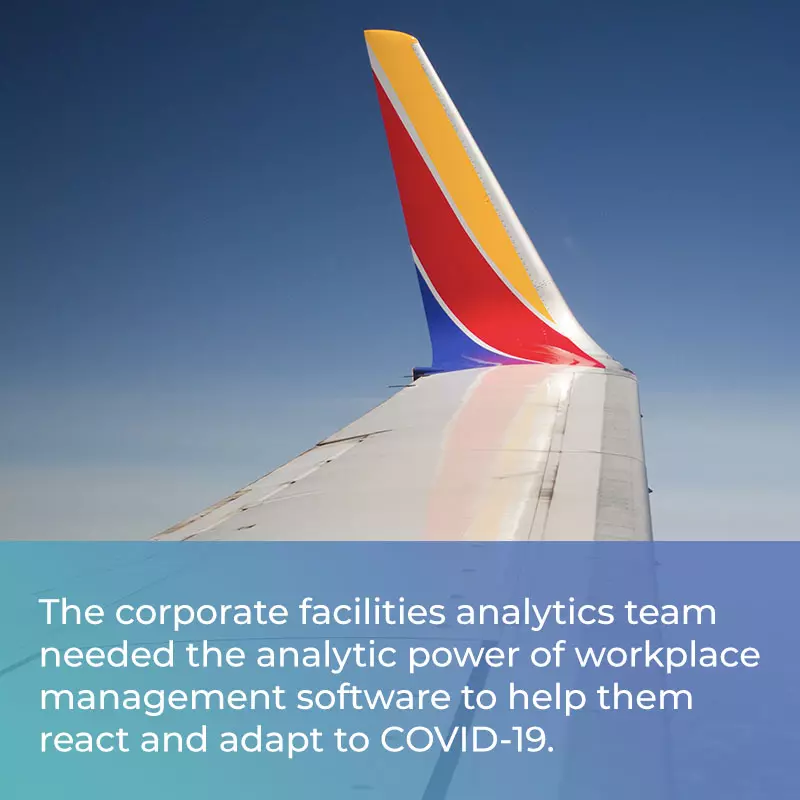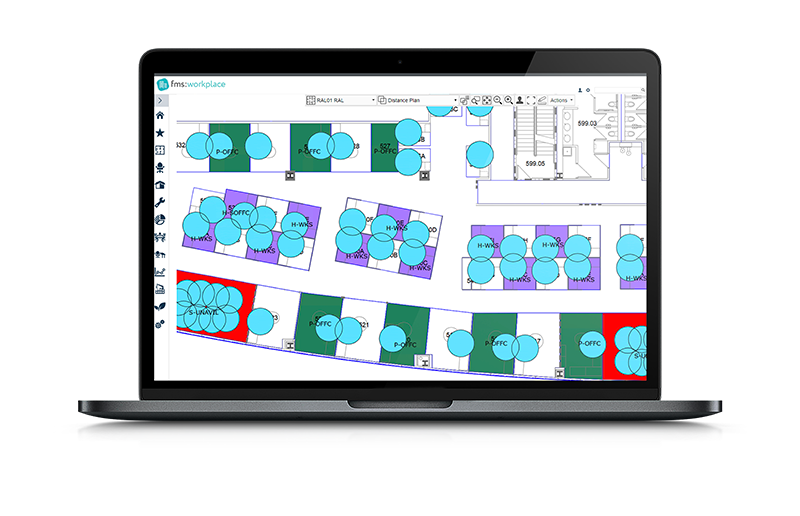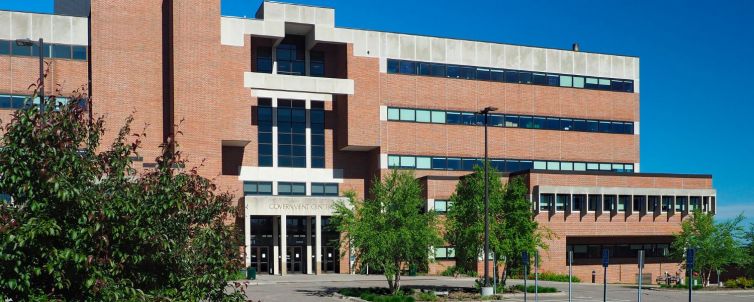The Customer
Southwest Airlines is one of the largest commercial airlines in North America, with more than 60,000 employees serving 130+ million passengers in 2019 throughout a network of 103 destinations.
The Challenge
The Product Solutions and Analytics Team analyzes workspace information combined with other data streams in order to make forecasts they share across the organization. Senior Manager, Hugo Hernandez, and his Team use a variety of software tools, including workspace management, project controls, business intelligence, and more to access real-time corporate facilities data and deliver reports and dashboards across the organization. Southwest Airlines builds and manages its own facilities, from its headquarters campus, hangars, to its airport leased spaces. The company maintains buildings and leased spaces along with all equipment such as the passenger boarding bridges connecting the airport to the airplanes.
The commercial airline sector felt the operational and economic impacts of the COVID-19 pandemic immediately. The corporate facilities analytics team had a lot of work ahead of them—and they would need the analytic power of workspace management software to help them react and adapt.

“The top priority for Southwest Airlines has always been Employees. We were not used to working-from-home. So, some People wanted to continue working in the office. We had to make sure everything was always clean, make sure everything was always sanitized, so they could actually feel safe.”
– Hugo Hernandez, Senior Manager for Product Solutions and Analytics
The Solution
Seamlessly Managing Millions of Square Feet
To manage its portfolio of 90+ domestic locations plus a 150-acre headquarters campus, Southwest Airlines has used FM:Systems Workplace solution since 2014. Prior to adopting FMS:Workplace, Hernandez’s team would create PDFs of a facility but lacked detailed information about rooms, technology and equipment within those facilities. With nearly nine million square feet under management, the airline selected FMS:Workplace to digitize detailed drawings, maintain an accurate space inventory, and report on space usage in order to improve planning.

Responding to COVID-related Space and Facilities Management Challenges
FMS:Workplace played a key role in how Southwest Airlines responded to pandemic-related space and facilities management challenges. First and foremost, the airline wanted to keep its employees safe. That meant sending many of them home to work. Next, the airline had to safeguard its customers by ensuring all facilities were properly cleaned and disinfected. Suddenly, the janitorial processes that had happened behind the scenes were now the top priority for the company.
To begin, the corporate facilities team needed to make sure every facility kept an adequate stock of key disinfecting agents. Hernandez and his team worked to create Tableau reports using space inventory information in FMS:Workplace to calculate how much disinfectant was needed to clean each location. Then, the supply chain team used those reports to replenish locations as needed. The analytics team also used the data to accurately forecast the costs associated with stepped up cleaning and sanitization.

In order to maintain consistent disinfecting across the business, the facilities team needed to make certain every contracted janitorial company followed the same process. Hernandez and his team were tracking everything—chemicals, tools, and procedures—right down to how each company cleaned the rags. With FMS:Workplace, they’re able to track all of the janitorial costs by square footage and compare consumption of chemicals by location.
Another essential aspect of running an airline during the COVID-19 pandemic was how to survive the rapidly evolving financial situation caused by virus shutdowns and reduced demand for air travel. Southwest Airlines placed all projects except those involving safety on hold. Forecasting demand for facilities systems is one of the main goals for Hernandez’s analytics group. It’s their job to forecast the need for things like extra ticket counters, bag screening, or security checkpoints, based on customer demand.
With the economic situation so fluid, the group had to abandon the usual annual operating plan and instead create their best educated forecast one quarter at a time. Their goal is to forecast the demand on the systems at any airport to meet the flight schedule and keep customers satisfied. Having accurate facilities management data enables the airline to make small adjustments to flight schedules that prevent long customer waits.
Southwest Airlines uses these solutions:

Space Management

Asset Management

Move Management
What’s Next
In the near future, Southwest Airlines will begin returning more employees to the workplace, using FMS:Workplace to institute a measured approach. Two principals will guide their plans:
- First, the company recognizes that certain at-risk populations will not be able to return to facilities until the pandemic ends or vaccinations became widely available.
- Second, there is organizational consensus that the airline needs most headquarters employees to work on site.

To begin the return to headquarters, each department will allow no more than a small percentage of people to come to the campus. Using FM:Systems products, employees will check-in and indicate they plan to come into the office. Once the occupancy limit is reached, the reservations will close for that day.
Creating a Hybrid, Flexible Workplace
Hernandez believes the future at Southwest Airlines will involve a hybrid workspace where some of the employees can work from home part of the time. This may enable the airline to shrink its facilities footprint or at least slow the need for the construction of new buildings.
After the pandemic, when Southwest Airlines is ready to expand workspace management technology, Hernandez is considering the addition of workplace sensors. Sensors could bring occupancy and environmental data into FMS:Workplace that the analytics team could use to monitor workplace safety and manage expenses.
“FMS:Workplace has been instrumental to analyze all of the data that we are using today. Southwest Airlines is very strategic in what we do. All the decisions are typically data-driven…I can’t even imagine what it would be like if we didn’t have FMS:Workplace during this very challenging period of time. It would just be so labor intensive.”
– Hugo Hernandez, Senior Manager for Product Solutions and Analytics

Planning your safe return to work? Download our guide.
Start planning your return and recovery with the Digital Workplace Buyer’s Guide. This interactive workbook will give you practical guidance on creating your workplace strategy.









